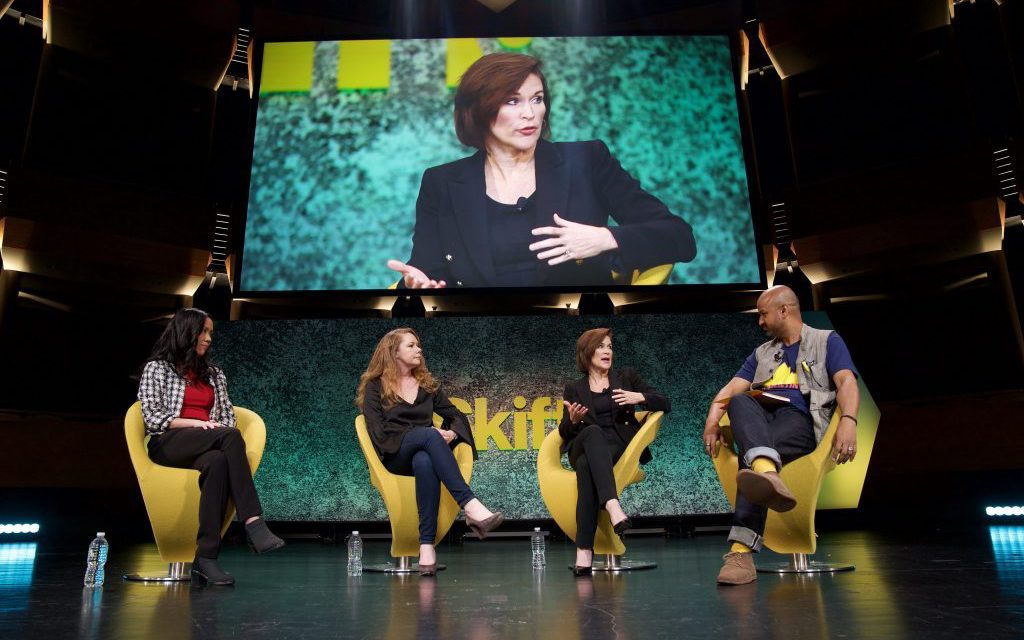Skift Take: Some travel brands are still hooked on TV and see the value in creating ads for that medium, and then repurposing TV content for other platforms. In those varied other platforms, they can try and reach diverse audiences wherever they watch their content.
Look no further than this year’s Primetime Emmy Awards to signal that TV programming operates in an increasingly competitive environment with streaming services like Hulu and Netflix, for example, raking in several of the top awards at the September 17 awards show.
Travel brand chief marketing officers are watching the rise of streaming and other digital platforms and shifting their marketing budgets as consumer behavior also shifts – but some aren’t slowing down their investment in traditional TV content.
Global companies like TripAdvisor and Expedia’s Trivago will spend millions of dollars on TV advertising this year and some of their ads are among the most recognizable TV ads in certain markets, particularly with Trivago.
La Quinta Inns & Suites, for instance, counts business travelers as a large part of its business and feels that those travelers still find value in TV programming. “Our customer still views a lot of television, said Julie Cary, chief marketing officer of La Quinta, speaking at Skift Global Forum in New York City on September 27. “We’re running a lot of CNN ads because of business travelers. We’re also on Fox News and ESPN.”
Cary said that while La Quinta is very focused on spending on TV, the company is also spending a lot online. “Adapting video assets, from TV to other digital platforms, is critical,” she said.
Carnival Corp. is in a similar bucket with La Quinta and wants to remain relevant to travelers wherever they consume content. Earlier this week, the cruise line launched a digital streaming channel that will be available on Amazon Fire TV, Apple TV and Roku. “We’re always thinking about entertainment that earns us the right to market,” said Carnival chief marketing officer Kathy Tan Mayor, also speaking at Skift Global Forum.
Tourism Australia chief marketing officer Lisa Ronson said there’s less discussion about TV at her organization, although as a tourism board its goal is to drive business to partners in Australia rather than handle transactions itself.
“We develop film assets that we use in a variety of channels,” said Ronson. “Some 60 to 70 percent of our marketing is digital and our most up-to date stats show that 64 percent of consumers are using video to make their destination decision.”
INFLUENCERS NOT SO INFLUENTIAL?
Tourism Australia was a pioneer in branching out from traditional media and using social media influencers and user-generated content across digital platforms to market the country and grow its market share in long-haul markets. “We’ve absolutely figured out this kind of marketing,” said Ronson. “We’ll be rolling out more youth ambassadors and doing more with them to attract younger audiences to Australia.”
Other brands like Carnival have found that influencers aren’t as influential as they anticipated. “We did some testing of influencers and didn’t see as much success with it as we thought we’d have with it,” said Tan Mayor. “I think we’ll continue to experiment with influencers but right now we’re seeing more success in a more direct way by going to our loyal customers and using their content to tell our story.”
The most-influential online personalities are often everyday cruise passengers, said Tan Mayor. “Influencers are also our guests and our crew,” she said. “Organically we’re seeing that works really well.”
by Dan Peltier

